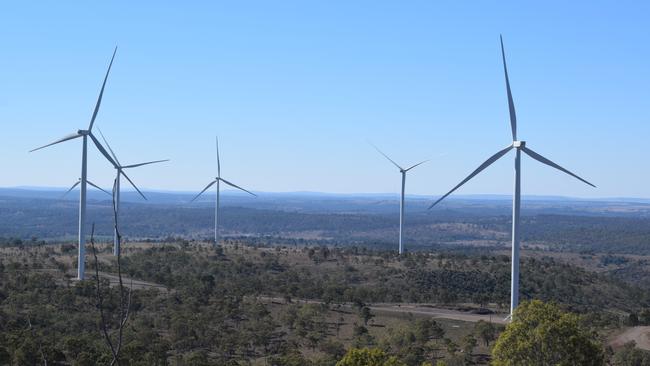Investors warn of renewables funds slump
Some of Australia’s biggest renewable energy investors have warned depleted spending levels will fall further.

Some of Australia’s biggest renewable energy investors have warned that already depleted spending levels will fall further, raising new risks for the power system, after the nation’s rule-maker rejected demands for a new method of calculating transmission losses.
A major investor group, including BlackRock, Macquarie and UK developer John Laing, had backed a call from Adani for changes to the framework to address big risks for investment in the national electricity market. It said the decision by the Australian Energy Market Commission, rule-maker for the power grid, to retain the status quo would increase hurdle rates for prospective projects and lead to a further decline in clean energy investment.
“Our prediction of a collapse in investment because of uncertainty caused by marginal loss factors has come true,” Clean Energy Investor Group chairman Rob Grant told The Weekend Australian.
“So too will our prediction that that slowing of investment — and new investment will have a higher hurdle rate — will see wholesale price declines halted and probably head back up.”
Investment in renewable energy projects fell by more than half to $4.5bn last year, from $10.7bn in 2018, according to Clean Energy Council figures.
Adding to the sector’s challenges was a speech on Friday from Energy Minister Angus Taylor, who flagged a shift away from renewables to developing carbon capture and storage, hydrogen and lithium as part of its climate change strategy.
Federal Greens leader Adam Bandt hit back, saying the government had abandoned the clean energy technologies of solar and wind that were actually cutting emissions in favour of “unicorns” like carbon capture and storage.
The renewable arm of Adani, better known for its controversial Carmichael coalmine, was the developer seeking the rule change. It argued for a different measure for calculating the amount of electricity lost when transported through power lines, known in the industry as marginal loss factors. It wanted to use an average loss factor that would even out the volatility for clean energy developers.
Renewables spending slowed dramatically last year partly because sections of the nation’s stretched power grid are struggling to handle major new renewable generation sources in areas without sufficient transmission capacity. Those bottlenecks have led to some developers receiving up to a quarter less revenue than anticipated under the MLF mechanism.
However, the AEMC said changing the calculation to an average basis would only serve to unfairly pass on costs to consumers and big generators located closer to existing transmission where losses are lower. “The rapid pace of renewable investment has meant that generation has got ahead of transmission,” AEMC chairman John Pierce said.
“We agree this has to be fixed but diluting market price signals and shifting costs onto others is not the way. Changing to average loss factors could increase total losses, which means more electricity needs to be generated to meet consumer demand.
“It could also increase wholesale energy prices and overall make the operation of the national electricity market less efficient.”
The rule-maker noted it had made a rule giving the operator of the power grid, AEMO, more flexibility in the way it calculated marginal loss factors.
“We recognise loss factors are a challenging issue for the industry. More accurate information, higher-quality data and expediting progress on necessary transmission upgrades should all support a better solution for both industry and consumers,” AEMO managing director Audrey Zibelman said.
The Clean Energy Council said retaining the existing regime would undermine investor confidence. “While industry welcomes debate and analysis of alternative reforms, simply retaining the current regime is deeply problematic and undermines the energy transition under way in Australia,” Clean Energy Council chief executive Kane Thornton said.
More than 60 per cent, or 15 gigawatts of the country’s coal-fired generation will retire by 2040, requiring 30 gigawatts of new large-scale renewable energy to be added, which represents more than half the current capacity of the national electricity market.


To join the conversation, please log in. Don't have an account? Register
Join the conversation, you are commenting as Logout